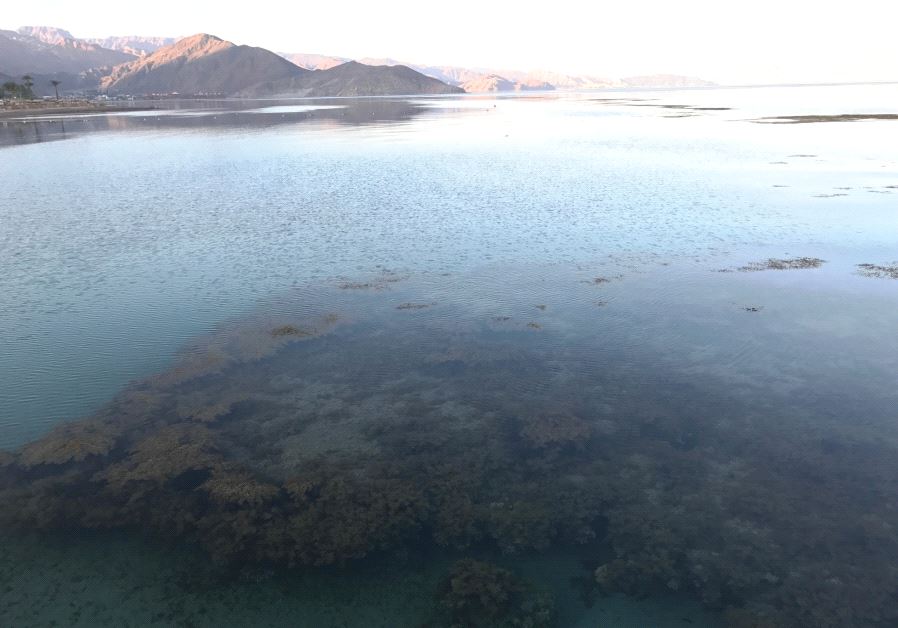New Worlds: Making larvae count in coral reef ecosystem
Israeli researchers conduct genetic “barcoding” of nearly all the fish species in the gulf between Eilat and Aqaba.
 Coral reef and Sinai mountains at Taba Heights(photo credit: BEN FISHER)Updated:
Coral reef and Sinai mountains at Taba Heights(photo credit: BEN FISHER)Updated: